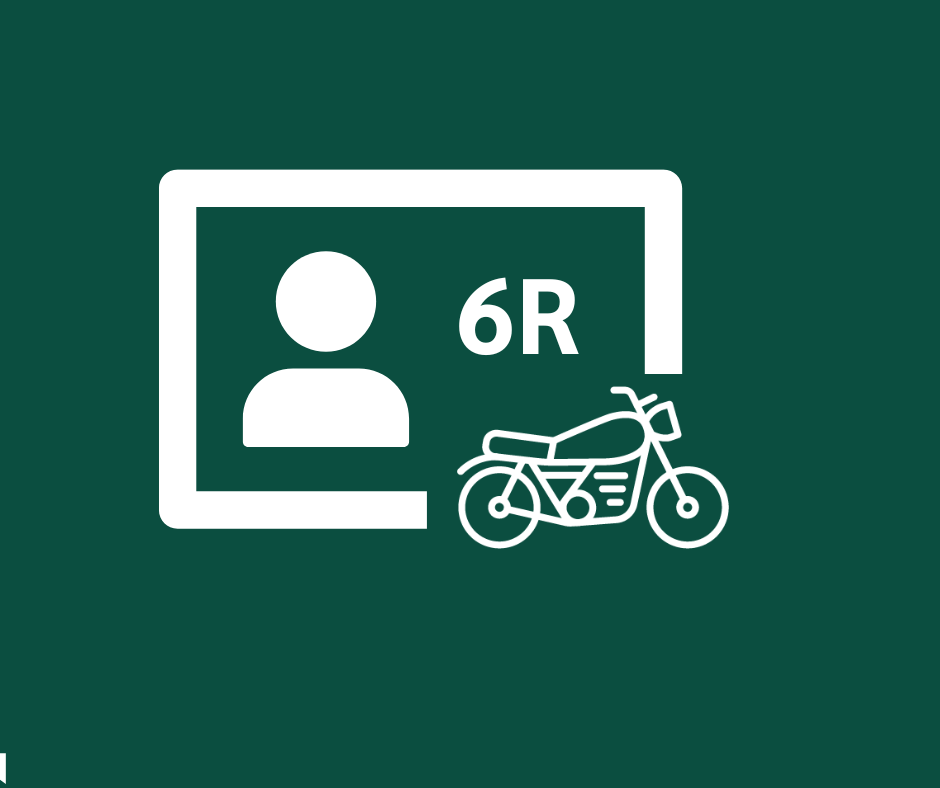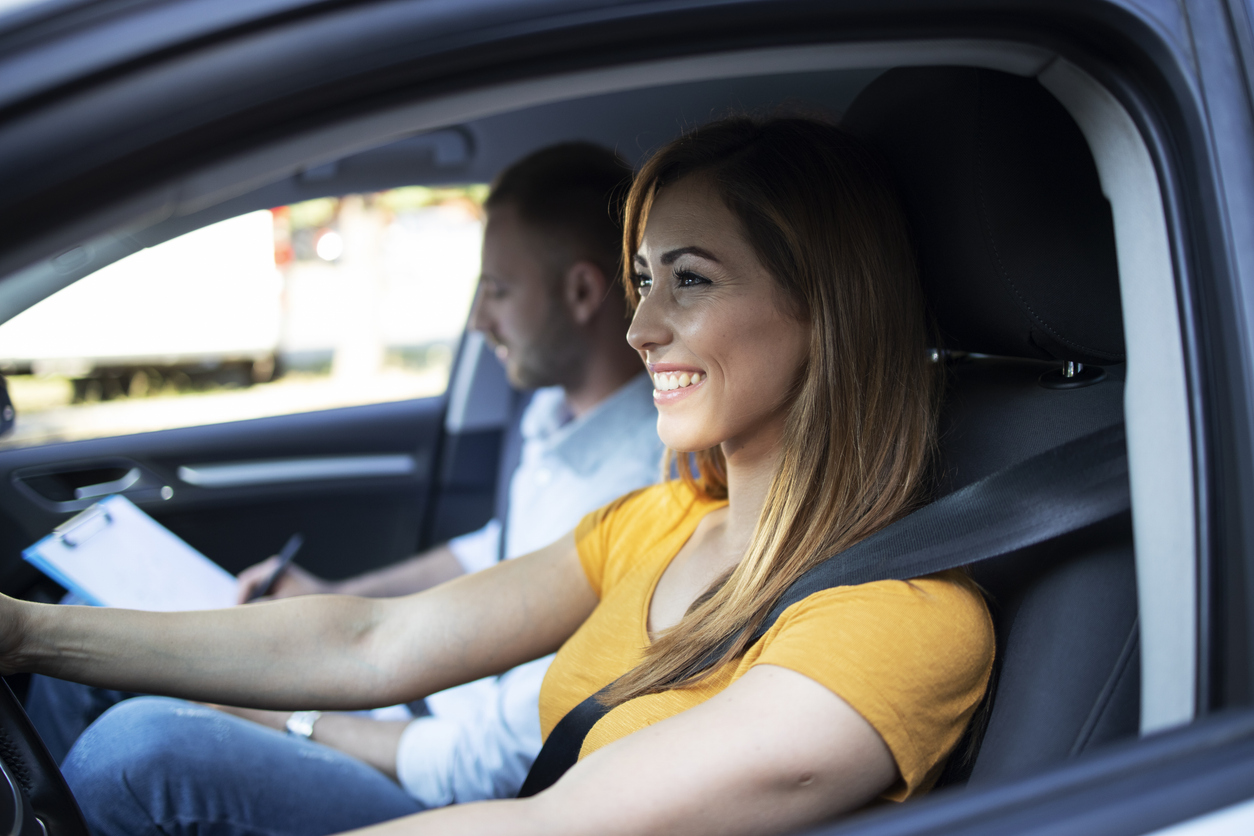6 tips for safely navigating wet roads
With fall just around the corner, we’ll soon be facing fewer daylight hours, grey skies and... cold rain. Staying safe will call for modifying our driving habits!
Bear in mind that driver behaviour is the most important safety factor on our roads and highways. Making sure your vehicle is in good condition will also play in your favour. Here are a few “mechanical” tips to get the ball rolling:
- Tires. Make sure your tires are in top shape! Operating a vehicle with used tires increases the risk that you will aquaplane and lose control.
- Wipers . Rainy conditions have a negative impact on driver visibility, a problem that will be compounded if your wipers are not working as well as they should. Add darkness to the mix and the risk is even greater.
So, no dilly-dallying. Replace your wipers as soon as they’re no longer perfectly cleaning your windshield; we recommend changing them once a year. The purchase cost is minimal, and it’s something you can do on your own (check out this video). Also, if you buy new wipers from a garage, odds are they’ll offer to install them for you.
The best vehicle ever made won’t necessarily protect you in all circumstances, especially if you fail to adapt your driving behaviour to road conditions. Here’s what to do when driving on wet surfaces or when it’s raining:
- Slow down! Water diminishes your tires’ adherence to the road surface, which means it will take longer to come to a stop when you brake. A wet surface also increases the risk of losing control when taking curves. Better to slow down and get to where you’re going late… than not to get there at all.
- Increase the distance between your vehicle and the one in front of you. This will improve your visibility, given that you won’t be dealing with spraying water generated by the vehicle ahead of you. An added bonus: you’ll also have more time to react in the event of an unexpected situation.
- Turn on your lights, even in the daytime. With your hazard and other lights turned on, other drivers will more easily see you and everyone will be safer. Avoiding using your high beams at night when it’s raining, as they could reflect off the wet road surface and blind you.
If weather or road conditions are such that you can’t see in front of you or don’t feel comfortable driving, stop in a safe spot, as far away from the road as possible. Turn on your emergency flashers and wait out the worst of the storm or rain.
Modifying your driving based on weather conditions is critical as well as a key factor in being as safe as possible on our roads and highways.


